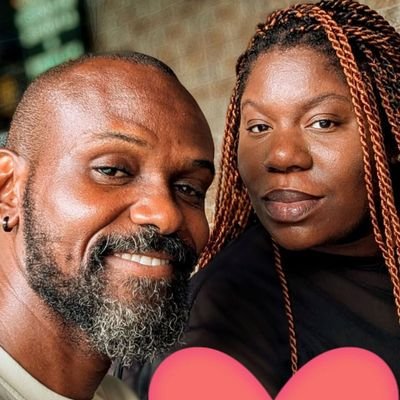
Udy 💜
@mykael_yuddy
Followers
4K
Following
82K
Media
3K
Statuses
77K
Medical Microbiologist~Science & History Enthusiast~Entrepreneur~Seyi's Man~Father~Gooner~Atheist ~ Convener: Lagos Heathen Hangout
Joined November 2018
“I told my son not to eat from a tree in our yard today. He did anyway. I’ve now kicked him out of my yard for disobeying. From now on, every child descending from him will be tainted with his same guilt, despite being unborn at the time of his disobedience. 1).
151
604
1K
RT @PeakSxnti: - Madueke abandoned a club World Cup final and medal to join Arsenal. - Gyökeres rejected Manchester United to join Arsenal.….
0
294
0
That gap doesn’t debunk hierarchy as a human constant, it actually shows the difference between informal and formal hierarchy. For tens of thousands of years before agriculture, humans already practiced informal ranking: elders, skilled hunters, and shamans held authority.
Between when agriculture was discovered and the first organized hirachy society was 4000yrs .This shows its not a linear progression. Ultimately debunks this notion.
2
1
7
While environment shapes how hierarchies look, it doesn’t erase the fact that hierarchy itself is a recurring constant in human history. From the Ice Age to the present, humans in radically different environments have repeatedly generated systems of status and ranking.
Its shows human behavior is shaped by environmental conditions .This doesnt prove thats its default at all.
1
0
1
Hierarchy didn’t suddenly appear a surplus in the Neolithic era. It has roots deep in the Paleolithic era. Archaeological evidence shows that even small forager bands of 20-30 people had forms of status differentiation. Burial sites like Sunghir (Russia, c. 34,000 years ago).
You cant definitely say this .The earliest archeological evidence for hirachy is 10-12 thousand years. Humans are 400-300k yrs old .Most humans during the paleolithic era organized in groups of 20-30 bodies i wonder how hircahies would have existed during the transition. .
2
1
2



